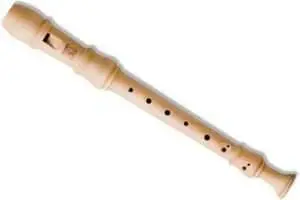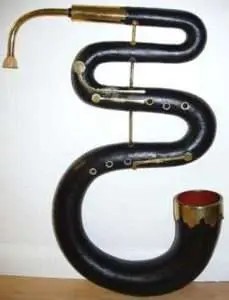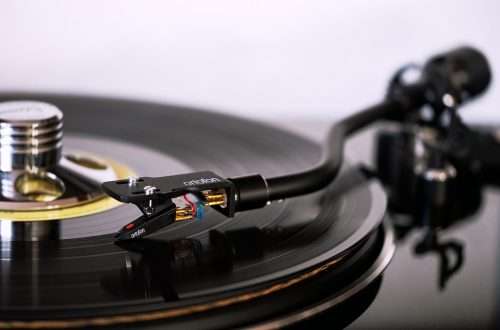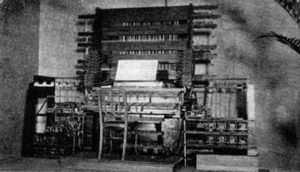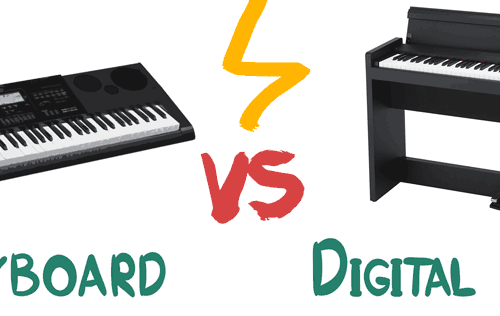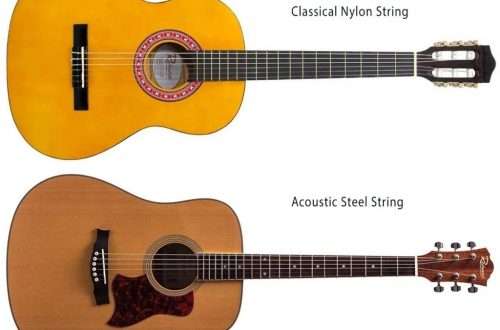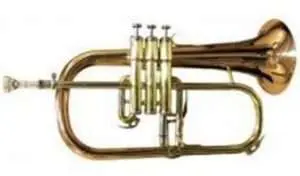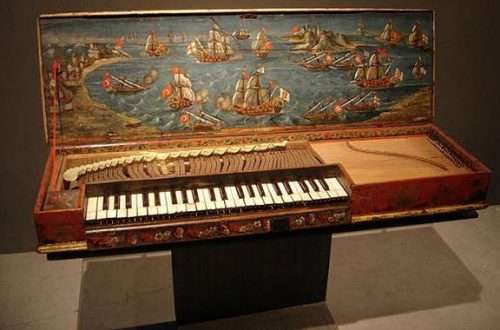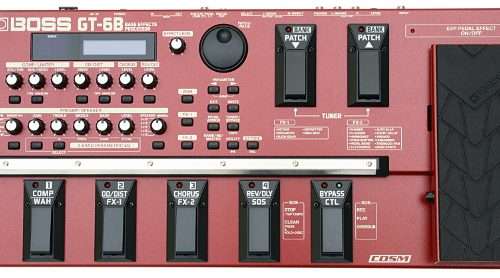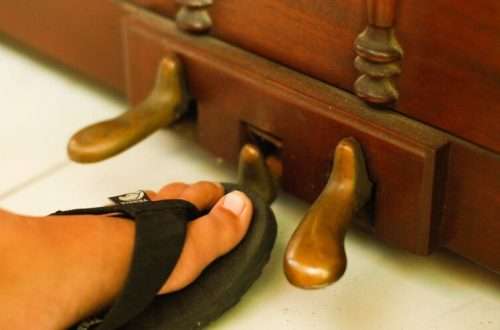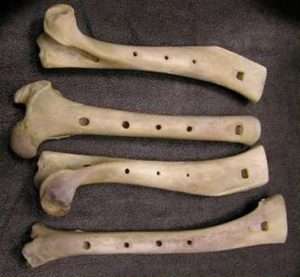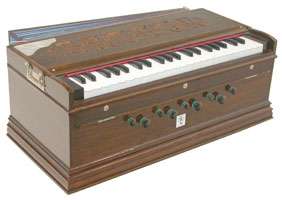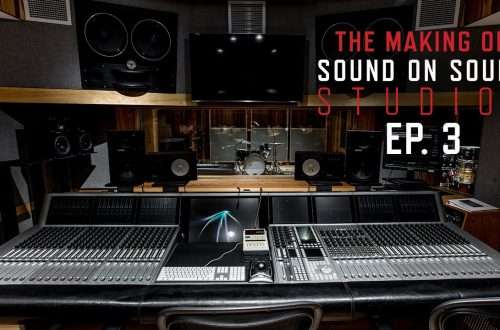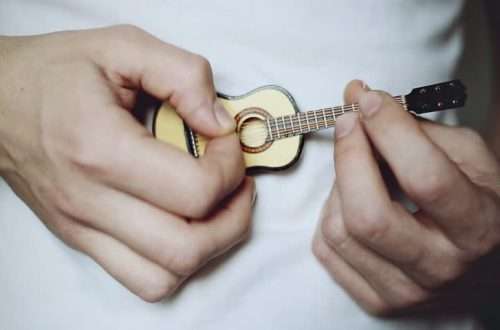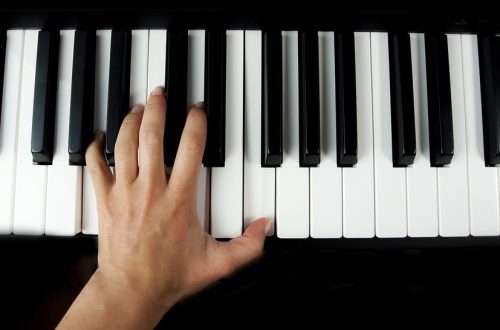“Case history” recorder
The impetus for this hobby (no, it’s more than a hobby) was given by one girl. Several years ago. Thanks to her, an acquaintance with this musical instrument, the recorder, took place. Then the purchase of the first two flutes – plastic and combined. And then the months of study began. How much is… The story is not about the very first flute. It was made of plastic, and later it was no longer possible to play on it – the sound seemed sharp, “glassy”. So there was a transition to the tree. More precisely, on a tool that is made of any kind of wood. From ash, maple, bamboo,…
History of the ephonium
Euphonium – a wind musical instrument made of copper, belongs to the family of tubas and saxhorns. The name of the instrument is of Greek origin and translates as “full-sounding” or “pleasant-sounding”. In wind music, it is compared to the cello. Most often it can be heard as a tenor voice in performances of military or brass bands. Also, its powerful sound is to the taste of many jazz performers. The instrument is also known as the “euphonium” or “tenor tuba”. Serpentine is a distant ancestor of euphonium The history of the musical instrument begins with its distant ancestor, the serpent, which became the basis for the creation of many…
History of the electric organ
The history of electronic musical instruments began at the dawn of the 20th century. The invention of radio, telephone, telegraph gave impetus to the creation of radio-electronic instruments. A new direction in musical culture appears – electromusic. Beginning of the age of electronic music One of the first electric musical instruments was the telharmonium (dynamophone). It can be called the progenitor of the electric organ. This instrument was created by American engineer Tadeus Cahill. Having begun the invention at the end of the 19th century, in 1897 he received a patent for the “Principle and apparatus for producing and distributing music by means of electricity”, and by April 1906 he…
History of the electric guitar
Долгое время, старая добрая акустическая гитара устраивала музыкантов, да и сейчас, классическая акустика не теряет своей популярности в кругу друзей или семейном застолье. Однако, джазовые и рок исполнители ощущали острую необходимость в более громком звучании своего инструмента. Музыкантам приходилось отдавать свое предпочтение другому инструменту – банджо за яркий звук и громкое звучание. Первый магнитный звукосниматель изобрел в 1924 году Ллойд Лоэр — инженер компании Gibson. Большую роль в создании электрогитары сыграл бывший сотрудник компании National String Instrument Company Джордж Бишамп. Он придумал электромагнитный звукосниматель, в котором электрический импульс, проходя по обмотке магнита, создавал электромагнитное поле, в котором усиливался сигнал от вибрирующей струны. Первый прототип своей гитары он представил Адольфу Рикенбакеру — владельцу…
History of cymbals
Cymbals – a stringed musical instrument of the percussion family, has the shape of a trapezoid with strings stretched over it. The extraction of sound occurs when two wooden mallets are struck.Cymbals have a rich history. The first images of a relative of the chordophone cymbals can be observed on a Sumerian amphora of the XNUMXth-XNUMXrd millennium BC. e. A similar instrument was depicted in bas-relief from the First Babylonian Dynasty in the XNUMXth century BC. e. It depicts a man playing with sticks on a wooden seven-stringed instrument in the form of a curved arc. The Assyrians had their own triganon instrument, similar to primitive cymbals. It had a triangular…
History of the flugelhorn
Flugelhorn – a brass musical instrument of the wind family. The name comes from the German words flugel – “wing” and horn – “horn, horn”. tool invention Flugelhorn appeared in Austria in 1825 as a result of improvements in the signal horn. Mainly used by the military for signaling, excellent for commanding the flanks of infantry troops. Later, in the middle of the 19th century, the master from the Czech Republic V.F. Cherveny made some changes to the design of the instrument, after which the flugelhorn became suitable for orchestral music. Description and capabilities of the flugelhorn The instrument resembles the cornet-a-piston and trumpet, but has a wider bore, tapered…
History of the flute
Musical instruments in which air oscillates due to a jet of air blown into it, broken against the edges of the body wall, are called wind instruments. Sprinkler represents one of the types of wind musical instruments. Outwardly, the tool resembles a cylindrical tube with a thin channel or air hole inside. In the course of the past millennia, this amazing tool has undergone many evolutionary changes before it appeared before us in its usual form. In primitive society, the predecessor of the flute was a whistle, which was used in ritual ceremonies, in military campaigns, on fortress walls. The whistle was a favorite childhood pastime. The material for the…
History of the harmonium
The organ today is a representative of the past. It is an integral part of the Catholic Church, it can be found in some concert halls and in the Philharmonic. The harmonium also belongs to the organ family. Physharmonia is a reed keyboard musical instrument. Sounds are made with the help of metal reeds, which, under the influence of air, make oscillatory movements. The performer only needs to press the pedals at the bottom of the instrument. In the middle of the instrument is the keyboard, and below it are several wings and pedals. The highlight of the harmonium is that it is controlled not only by the hands, but…
History fanfare
Fanfare – a brass musical instrument of the wind family. In art, fanfares have become a kind of attribute that marks a grand beginning or end, but they can be heard not only on the stage. Howling fanfares indicate the beginning of combat scenes, they are one of the main tools for conveying the atmosphere in films and computer games. The history of fanfares dates back to the time when our ancestors used military pipes or hunting horns to transmit signals at a distance. The ancestor of the fanfare, the horn, was made of ivory and was used mainly by hunters to sound an alarm in case of an attack on…
History of the bassoon
Bassoon – a wind musical instrument of the bass, tenor and partly alto register, made of maple wood. It is believed that the name of this instrument comes from the Italian word fagotto, which means “knot, bundle, bundle.” And in fact, if the tool is disassembled, then something resembling a bundle of firewood will turn out. The total length of the bassoon is 2,5 meters, while that of the contrabassoon is 5 meters. The tool weighs about 3 kg. The birth of a new musical instrument It is not known who exactly invented the bassoon first, but Italy in the 17th century is considered the birthplace of the instrument. Its…

